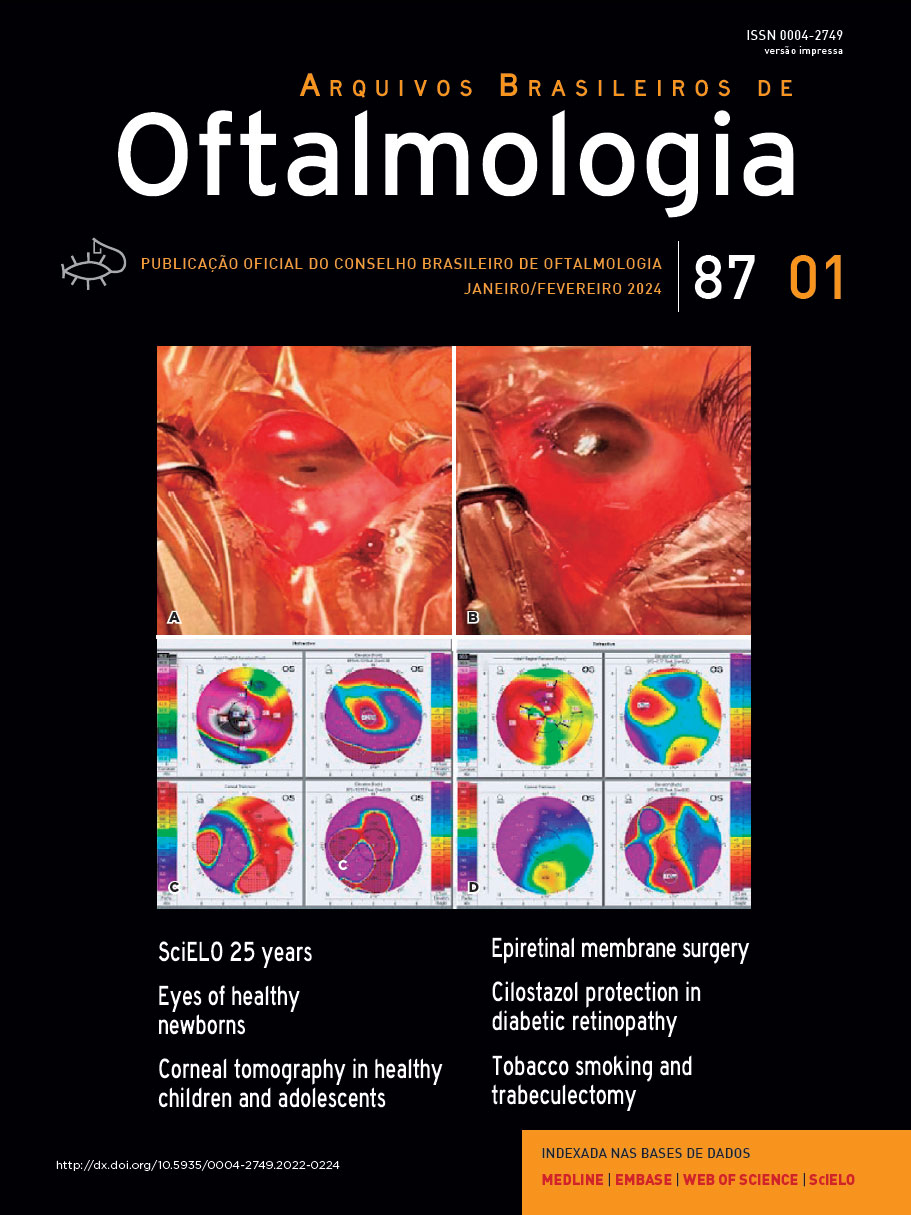Purpose: To present long-term results of pars plana vitrectomy combined with pan-retinal endolaser photocoagulation, Ahmed glaucoma valve implantation, and/or phacoemulsification in patients with complicated neovascular glaucoma.
Methods: The study comprised 15 eyes from 15 patients with neovascular glaucoma as a complication of diabetic retinopathy and owing to ischemic central retinal vein occlusion. There was a vitreous hemorrhage n all of the patients. Furthermore, 8 of the cases showed varying degrees of hyphema. All subjects received an intravitreal injection of bevacizumab three days before surgery. In 12 phakic patients, phacoemulsification, pars plana vitrectomy, and Ahmed glaucoma valve implantation were performed. Pars plana vitrectomy and Ahmed glaucoma valve implantation were performed in 3 pseudophakic patients. Perioperative and postoperative complications, intraocular pressure values, and best-corrected visual acuity scores were also recorded.
Results: The mean follow-up was 24.4 ± 14.56 months. The mean preoperative intraocular pressure was 50.06 ± 7.6 mmHg. At 1 day, 7 days, and 1-, 3-, 6-, 12-month, and last visit following surgery, the mean intraocular pressure was 11.06 ± 8.22, 12.66 ± 7.27, 13.8 ± 7.73, 18.64 ± 7.05, 19.28 ± 4.61, 16.28 ± 1.68, and 16.92 ± 2.12 mmHg, respectively (p=0.001 for every follow-up visit). The mean visual acuity on the most recent appointment was 1.18 ± 0.42 logMar (p=0.001 for each subsequent visit). As postoperative early complications, varying degrees of hyphema and fibrin reactions were recorded. During follow-up, one patient developed phthisis bulbi. In 4 cases, Ahmed glaucoma valve revision surgery was required.
Conclusions: In patients with complicated neovascular glaucoma, combined surgical procedures are safe, effective, and preferable both in terms of controlling high intraocular pressure and providing reasonable visual abilities.
Keywords: Glaucoma, neovascular/complications; Vitrectomy; Glaucoma drainage implants; Phacoemulsification
